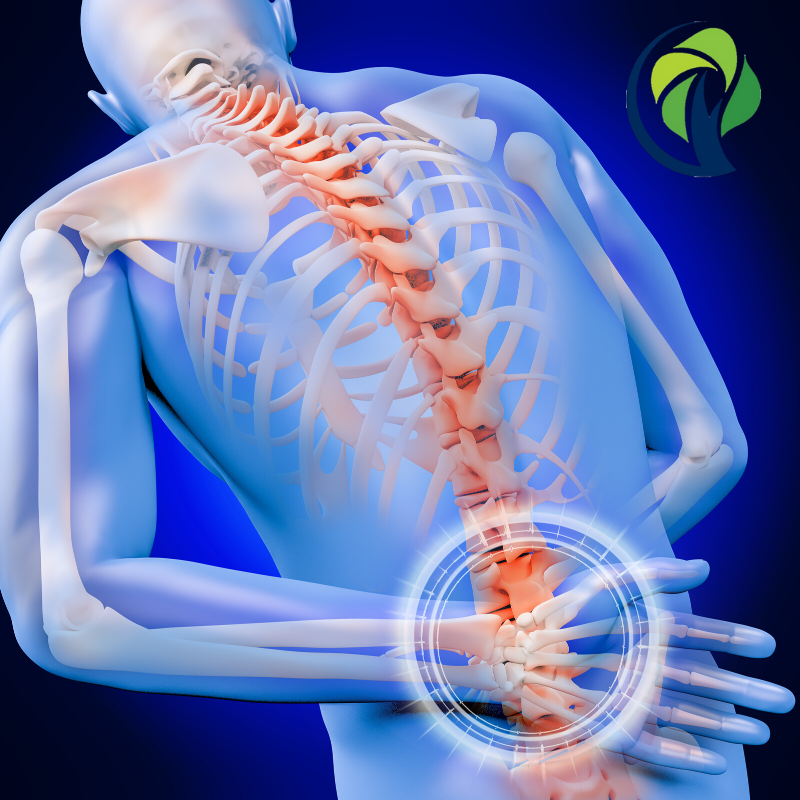


Lumbar spine (lower back) - Sciatica frequently results from a herniated disc in the lower back. Typically, a herniated disc is preceded by an episode of spinal pain (cervical, lumbar and/or thoracic) or a long history of intermittent episodes of spinal pain. If there is pressure on a nerve, there can be pain, numbness or weakness in the area of the body to which the nerve travels. If the herniated disc is not pressing on a nerve, the patient might experience spinal pain (cervical, lumbar and/ or thoracic) or no pain at all. Symptoms vary greatly depending on the position of the herniated disc and the size of the herniation. Add contrast to the study and it can be made sensitive enough to detect inflammatory processes such as infections and new compression fractures without spinal malalignment.ĬT scan with 3-D reconstruction -Shows boney detail better than any other imaging test and can still show soft tissue and nerves.Įlectromyography or nerve conduction velocity testing - EMG/NCV neurophysiologic testing of nerves to help localize site of compression or other neural pathology. MRIs can show the spinal cord, nerve roots and surrounding areas, as well as enlargement, degeneration and tumors. Magnetic resonance imaging (MRI) - A diagnostic test that produces three-dimensional images of body structures using powerful magnets and computer technology. spinal malalignment, tumors, infections, fractures, etc. X-rays of the spine are obtained to search for other potential causes of pain i.e. X-ray - Application of radiation to produce a film or picture of a part of the body can show the structure of the vertebrae and the outline of the joints. Likewise, if clinical symptoms deteriorate the diagnostic evaluation needs to be extended. If the improvement fails to reach a satisfactory stable point additional diagnostic efforts should be pursued. It is important to note that regardless of diagnosis, an improving clinical picture supports continuing with nonsurgical modalities. If symptoms are persistent, the following tests may be ordered by your doctor. Likewise, if pain radiates into the extremities or around the chest well past the spinal epicenter of the pain focus, it is important to rule out underlying causes such as an undetected spinal disc injury. Flexors (abdominal muscles and iliopsoas muscles)ĭiagnostic testing is usually necessary only when the pain has been present for more than two weeks and has not improved as expected.Extensors (back muscles and gluteal muscles).Three types of muscles support the spine: These usually involve spinal pain that radiates into arms, legs or around the rib cage from back toward the anterior chest. Spinal pain can be caused by things more severe that might require surgical consideration. Even though lumbar strain or sprain can be very debilitating, neither usually requires neurosurgical attention. This inflammation causes pain and may cause muscle spasms. When the lumbar spine is strained or sprained, the soft tissues become inflamed. Both of these can result from a sudden injury or from gradual overuse. Lumbar sprain is caused when ligaments - the tough bands of tissue that hold bones together - are unusually stretched.

Lumbar muscle strain is caused when muscle fibers are abnormally stretched or torn. The lumbar and cervical spine are prone to strain because of its weight-bearing function and involvement in moving, twisting and bending.


 0 kommentar(er)
0 kommentar(er)
